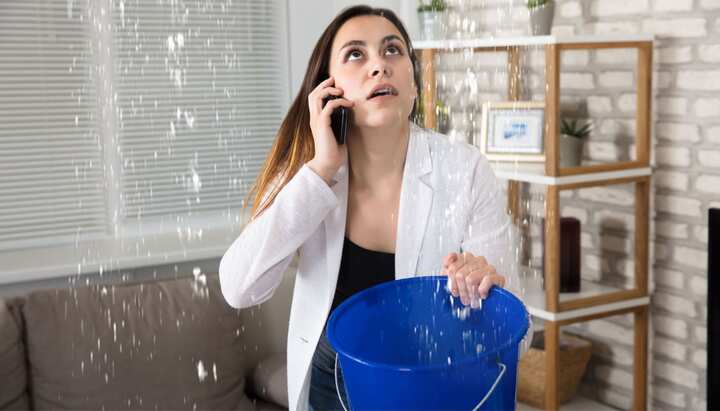Water damage is a major problem for homeowners and businesses alike. It can cause extensive damage to property, cause health problems, and even lead to the destruction of personal items. However, many of these problems can be prevented with proper water damage prevention techniques.

Identifying the risk areas
Water damage can be devastating to property owners, often leading to costly repairs. Fortunately, there are several steps that can be taken to help identify the risk areas and prevent water damage. It is important for property owners to inspect their home or business for potential sources of water damage.
The first step in identifying the risk areas is to look for signs of any existing water damage. This may include stains on walls or ceilings, warped flooring, peeling paint or wallpaper, and any other signs that moisture has been present. In addition, it is important to check around windows and doors for any leaks or gaps. Property owners should also inspect all visible pipes and plumbing fixtures for any signs of leakage.
Identifying potential sources of water intrusion is key in preventing future water damage. These can include clogged gutters, faulty downspouts, improper landscaping drainage systems, cracks in foundations and walls, and poorly sealed windows and doors. Property owners should also ensure that their HVAC system is properly maintained, as this could lead to excessive humidity buildup in the interior space which can lead to mold growth if left unchecked. Taking these preventive steps could save property owners from incurring costly repairs due to water damage in the future.
Home maintenance habits
Developing good home maintenance habits can be a great way to prevent water damage. Regularly checking for any signs of leaking plumbing, such as wet spots on walls or ceilings, can help you to identify and repair any potential problem areas quickly and efficiently.
Additionally, making sure to check for potential sources of water intrusion, such as a broken window or gutter, can help to prevent water from entering your home in the first place. Finally, it is important to ensure that your downspouts are clear of debris and that your gutters are free of clogs, as this will ensure that water is flowing away from your home. Taking the time to ensure that your home is properly maintained can go a long way toward preventing water damage.
Professional inspections and repairs
Having a professional inspection is essential for spotting water damage before it becomes an issue. A qualified contractor can inspect the home and identify areas that need repair or replacement due to water damage. This can include inspecting the roof, windows, and doors for signs of leakage, as well as checking for any plumbing leaks. Repairs should be made quickly once identified, as even small amounts of water can cause long-term structural damage.
Regular maintenance should also be performed to prevent future problems with water damage. This includes ensuring that gutters are cleaned regularly, that downspouts are directed away from the house, and that all plumbing fixtures are in good working order. Checking and replacing seals around windows and doors is important to ensure they remain waterproof and provide adequate protection against moisture intrusion. Additionally, checking the foundation for cracks or gaps that could allow moisture into the home is key to preventing potential water damage.
Preparation for natural disasters
It is important to prepare for natural disasters in order to minimize the potential damage. Preparations should include identifying hazards, developing an emergency plan, assembling a disaster supply kit, and staying informed about potential threats.
When identifying potential hazards, it is important to consider the most likely natural disasters to occur in the area. For example, if the location is prone to hurricanes, preparations should focus on these types of storms. Developing an emergency plan allows individuals and families to be prepared when a disaster strikes. This includes having a designated meeting place outside of the home, as well as an out-of-state contact person who can be contacted if family members become separated during an emergency situation. Additionally, it is important to include a copy of insurance policies and other important documents in the disaster supply kit.
The disaster supply kit should include items such as water, food, flashlights, batteries, first aid supplies and any necessary medications. It should also include sanitary supplies like soap and toilet paper or diapers for infants or elderly family members. Finally, staying informed about potential threats means monitoring local news outlets and official websites for updates on weather conditions or other events that may impact safety in the area. It is also beneficial to subscribe to email or text alerts from local government agencies so that appropriate response measures can be taken quickly and effectively if a natural disaster hits suddenly.
Preparing for natural disasters is another important step in preventing water damage. Regularly checking local forecasts for potential storms or floods is essential for planning ahead, as well as making sure that sump pumps are working properly and installing safeguards such as floodgates or sandbags where necessary. By taking proactive steps such as these to reduce the risk of water damage, homeowners can help ensure that their homes remain safe and secure.
